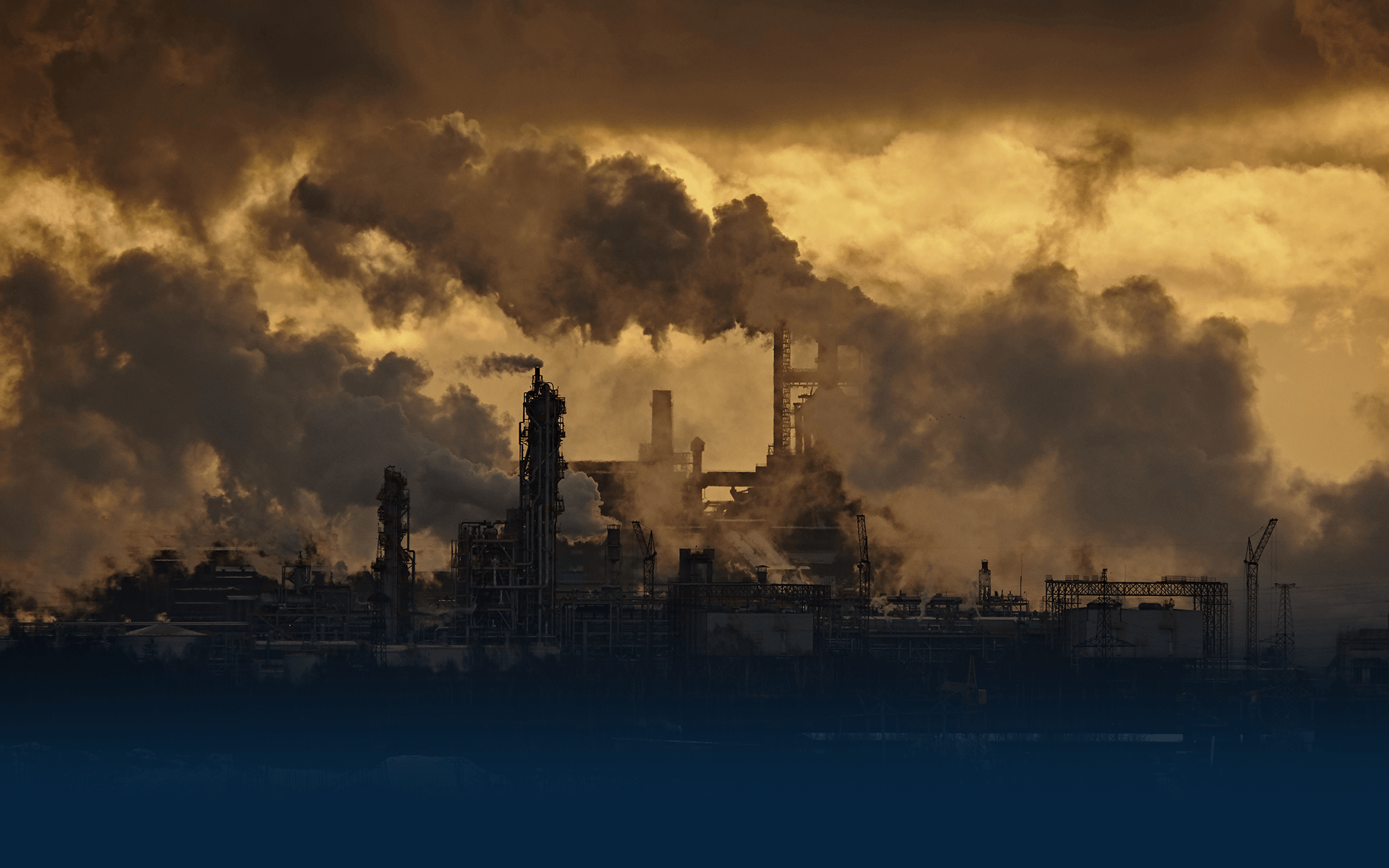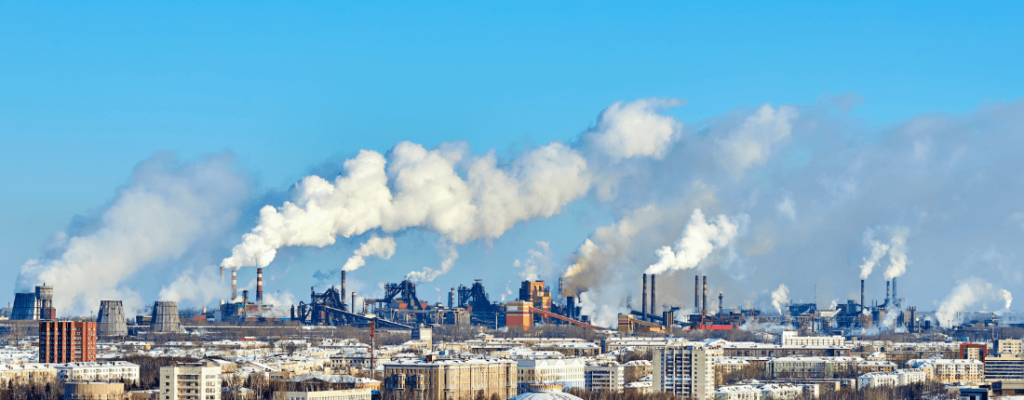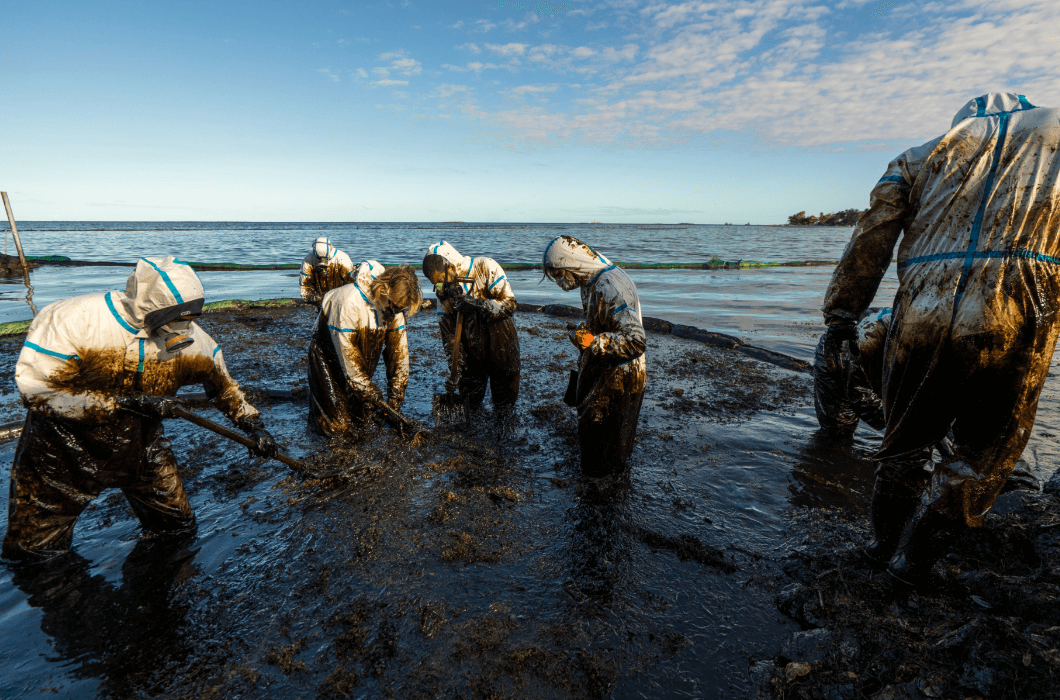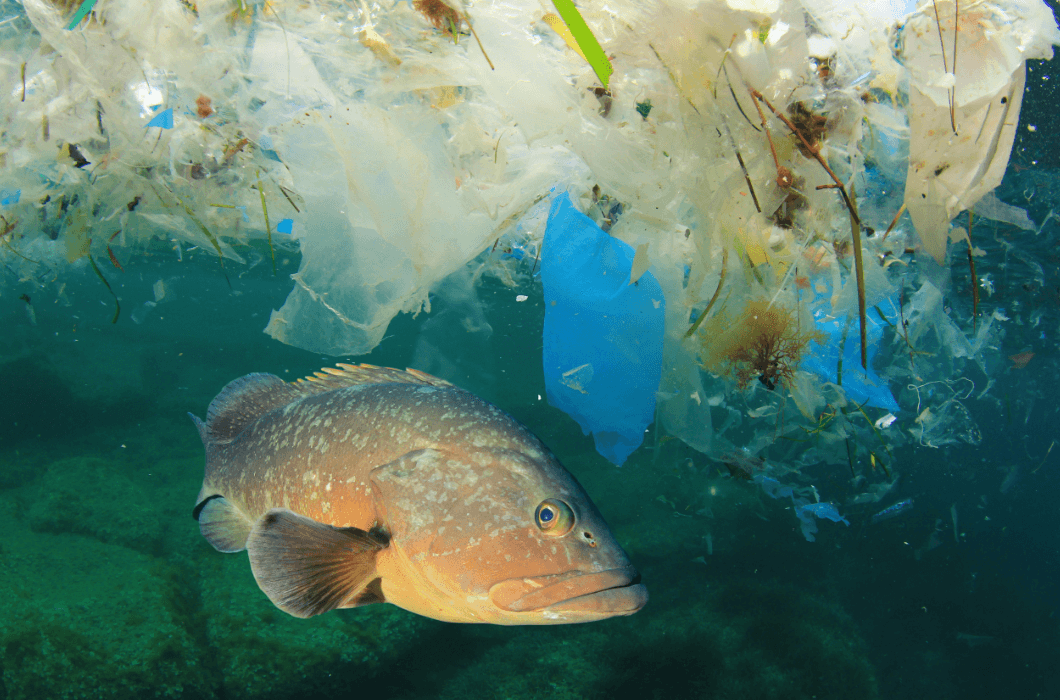
Cardboard Vs Plastic
The world would be much better off if we replaced all of our plastic packaging with cardboard – wouldn’t it? The plastic vs hardboard packaging debate is more complex than you would think.
Hardboard comes from trees that can be replanted, it’s easy to recycle, and it naturally decomposes. Plastic, on the other hand, is made from oil, it’s hard to recycle, and it never, ever breaks down. But when we compare plastic vs cardboard packaging head-to-head – some of the results might surprise you.
To help us make an educated choice between the two, we need to understand their impact on natural resources, the energy and water required for production and recycling – and the long-term environmental impacts.
To accurately compare plastic vs cardboard packaging, we need to understand more about how we source the raw materials that go into them – and what effect this has on the environment.
So, let’s take a deeper look and find some answers
The truth about plastic
Plastic is made directly from fossil fuels, which generally takes the form of crude oil, and sometimes natural gas. Currently, plastic manufacturing consumes around 12% of the global oil supply – but this figure is expected to skyrocket to almost 50% by the year 2050. While the emergence of electric vehicles is beginning to reduce the need for petrol and diesel, our addiction to plastics looks like it will sustain the demand for crude oil.
Most plastic eCommerce packaging – like envelopes, protective coverings, and bubble wrap – is made from polyethylene, the most common plastic in the world. To make this material, oil or gas undergoes a series of industrial heating, cooling, chemical treatments, and moulding before eventually reaching its final form.
And although making plastic seems like an expensive and complicated process, the scale of manufacturing produces tremendous volumes of low-cost material.
In the EU, around 90% of plastic is made from virgin fossil fuels, while only 9% is made from recycled materials.

It takes more than 500 years for plastic to fully decompose.
Plastic consumption grows by around 4% each year in Western Europe. That might not sound a lot, but it means that within 20 years we will have doubled our current plastic use. We make and use 20 times more plastic today than we did 50 years ago.
8 million tonnes of the world’s plastics end up in our oceans each year, creating a garbage patch three times the size of France.
Plastics from items such as carrier bags and bottles that end up in our oceans kill around 1,000,000 sea creatures every year.
The majority of plastic shopping bags are only used once and take up to 300 years to decompose.


“Human use, population, and
technology have reached that certain
stage where mother Earth no longer
accepts our presence with silence.”


